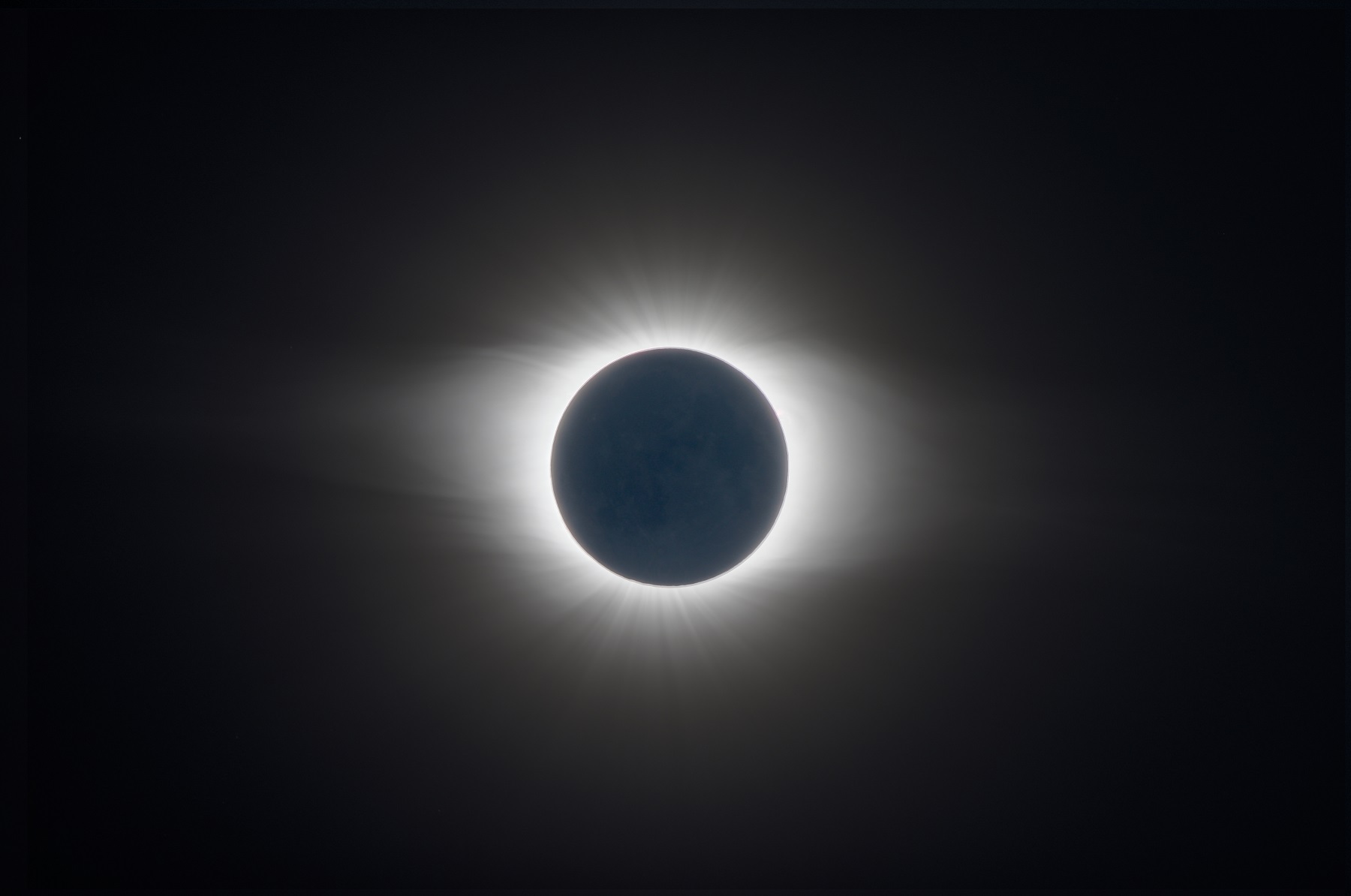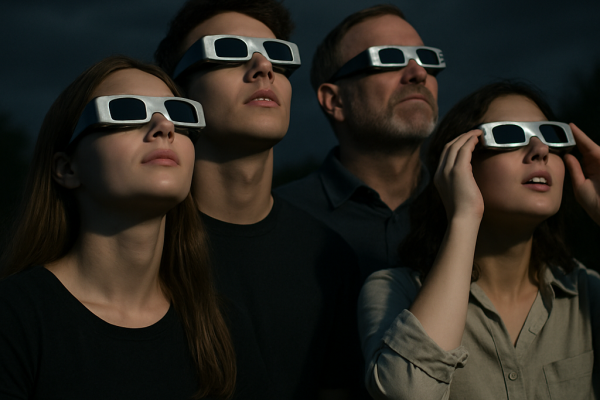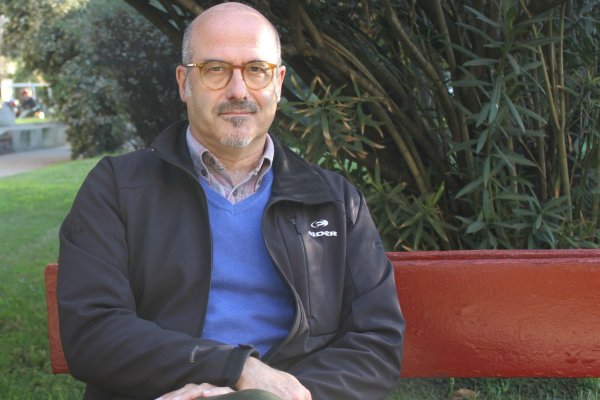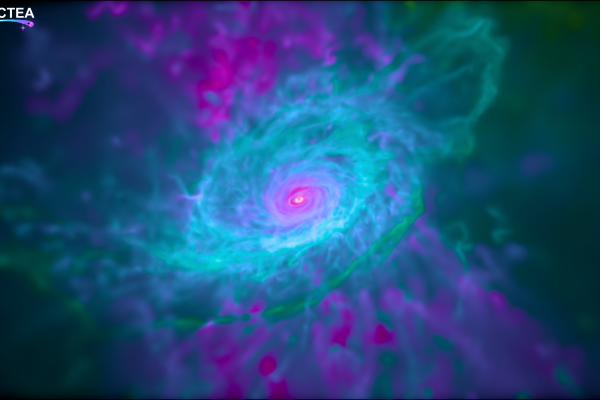In exactly one year, on 12 August 2026, Catalonia will witness a total solar eclipse, an exceptional astronomical event not seen in the country for more than a century. The path of totality will cross the south of Catalonia, offering a unique scientific, educational, and social opportunity for the region. This year, 12 August 2025 will be an ideal date to check whether your chosen observation spot provides a clear, unobstructed view of the sunset.
The scope of this event has led to the creation of the Interdepartmental Commission on the Eclipse, within the framework of the CIRI (Interdepartmental Commission for Research and Innovation), chaired by the President of the Government of Catalonia, Salvador Illa. This commission, headed by the Minister for Research and Universities, Núria Montserrat, brings together thirteen government departments and has the scientific and technical support of the Institute of Space Studies of Catalonia (IEEC — Institut d’Estudis Espacials de Catalunya) and other leading centres in astronomical research and space observation. Its aim is to coordinate the actions of the various departments and ensure a joint, well-planned, and ambitious response to an event that goes beyond the scientific sphere to become a true national project.
Since its formation in May 2025, the commission has activated a wide range of key measures covering territorial planning, mobility, safety, public health, education, tourism, and scientific outreach. Notable initiatives include the development of a visibility map for the eclipse, the identification of safe and accessible observation areas, and the upcoming rollout of educational and public awareness programmes across the country. The aim is to ensure a safe, inclusive, and enriching experience for everyone.
Among the significant actions taken so far, the Department of Research and Universities has held coordination meetings with the National Eclipse Commission, with the goal of aligning territorial strategies with state guidelines and ensuring efficient event management. A first series of meetings has also been held with major Catalan astronomy associations, with the aim of integrating their expertise and local presence into outreach and citizen engagement efforts. These organisations will be key players in spreading knowledge about the eclipse throughout the country and enabling a shared, safe, and informed experience of the event.
In the words of the Minister for Research and Universities, Núria Montserrat: “A total solar eclipse is a scientific and collective gift that only happens once every many generations. Our duty is to organise it well so that everyone can enjoy it safely, from any point in the territory. Coordinating an event like the eclipse means working side by side with many different stakeholders. The challenge is to ensure that all the pieces fit together so that the public can enjoy it with safety, quality, and the scientific guidance it deserves.” She adds: “We want Catalonia to experience something truly unique on 12 August 2026: with eyes turned to the sky, but also with feet firmly on the ground, always following the safe observation guidelines we are preparing.”
At the same time, technical teams are already working on producing a visibility map (a “shadow map”) that will identify areas of the territory where observation conditions will be optimal, without obstructions to the view of the Sun at the critical moment. This resource will be made available in the coming months as a reference tool for institutions, organisations, and the general public.
In addition to the technical and coordination measures, an official website is being developed to serve as the institutional reference point for the eclipse. This digital platform will gather all relevant information about the event: safe observation tips, educational and outreach resources, scheduled activities across the territory, as well as visibility maps and other useful tools for citizens, schools, local councils, and media outlets. The website will be launched in the coming months and will be regularly updated until the eclipse takes place.
Where will the eclipse be visible from?
One of the commission’s top priorities is the identification of safe and accessible locations from which to observe the eclipse. Since the phenomenon will occur in the evening—between 19:30 and 21:00, with the total phase expected around 20:30 depending on location—the Sun will be very close to the horizon. This factor may limit visibility depending on the terrain and the presence of natural or human-made obstacles.

To support local planning efforts, the Rural Agents Corps, under the Department of Interior and Public Safety,will carry out an initial round of site visits on 12 August to assess various potential observation points along the path of totality. These on-site inspections will help determine horizon visibility and assess accessibility and safety conditions. The findings will contribute to a preliminary inventory of optimal viewing locations and help guide environmental, logistical, and preventive measures.
That same day, 12 August 2025, is also a great opportunity for the public to conduct their own visibility check. From the location where you hope to watch the eclipse next year, simply observe whether the sunset can be seen without any obstructions. If it can, it is highly likely that this spot will also offer a good view of the astronomical phenomenon. This simple step is a great way to start preparing for the event safely and in advance.
“This Tuesday 12 August we have a very good excuse to go out and enjoy the sunset. If we manage to see it without obstruction from somewhere within the path of totality, we will have found a good spot for observing next year’s eclipse,” explains Ignasi Ribas, director of the IEEC and researcher at the Institute of Space Sciences (ICE-CSIC). He adds: “Moreover, the next total solar eclipse visible from anywhere in Catalonia will be on 17 November 2180, so we must make the most of next year’s opportunity to see a total eclipse from our own land, without having to wait more than 150 years!”
A unique opportunity for knowledge and the country
Total solar eclipses are of great scientific interest and present an excellent opportunity to promote scientific culture. For this reason, the Government plans to roll out a coordinated outreach strategy with key research institutions such as the Ebre Observatory, the Institute of Cosmos Sciences of the University of Barcelona (ICCUB), and the Institute of Space Sciences (ICE-CSIC). Furthermore, the event has the potential to act as a catalyst for regional development through astrotourism and the launch of new educational and community-based projects.
Catalonia is preparing to welcome the eclipse with a national outlook—grounded in science and education, but also in responsibility, sustainability, and social cohesion. On 12 August 2026, the sky will darken for a few moments. And the entire territory will be ready to look up.



